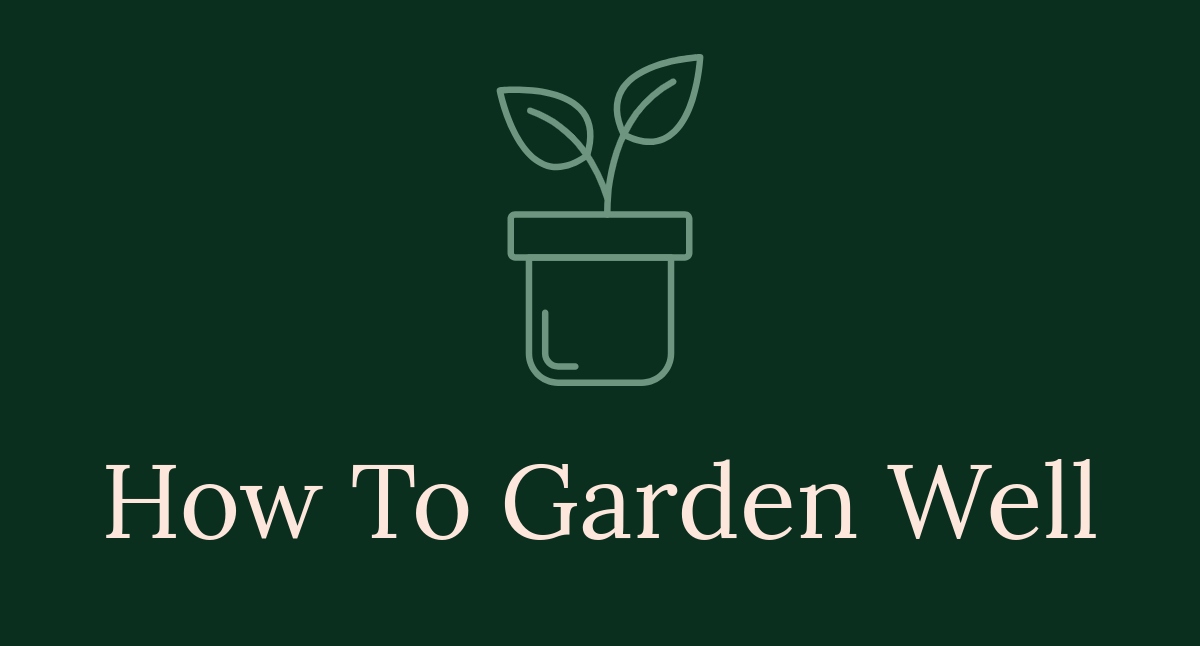
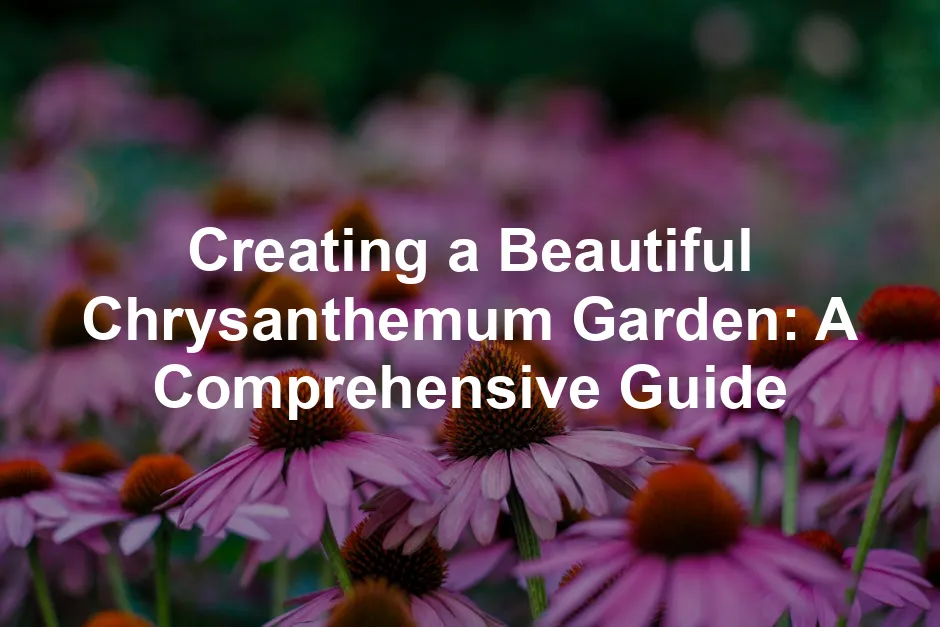
Creating a Beautiful Chrysanthemum Garden: A Comprehensive Guide
Introduction
Are you dreaming of a colorful chrysanthemum garden? These stunning blooms can transform any outdoor space. Their vibrant colors and unique shapes make them a favorite among gardeners. This guide will help you create a breathtaking chrysanthemum garden that will impress everyone.
To kickstart your gardening journey, consider grabbing a Chrysanthemum Seeds Variety Pack. With various colors and styles, you’ll have a garden that rivals the best flower shows.
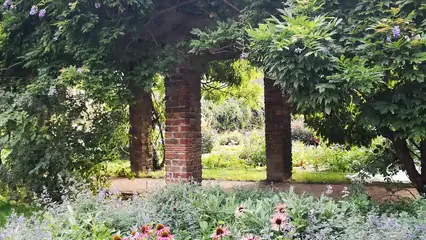
Summary and Overview
Chrysanthemums, often called “mums,” belong to the Asteraceae family. They come in various types, each with distinct characteristics. You can find garden mums, pot mums, and perennial varieties, all offering different blooms and growth habits.
Culturally, chrysanthemums hold significance in many traditions. In Asia, they symbolize longevity and fidelity. These flowers attract pollinators, enhancing your garden’s ecosystem. Additionally, they add captivating color during the fall months.
Consider seasonal factors when growing chrysanthemums. They thrive in full sun and require well-drained soil. With the right care, your chrysanthemum garden can flourish and provide beauty for years to come. Get ready to explore the details that will help you succeed in your gardening journey!

Understanding Chrysanthemums
Types of Chrysanthemums
Chrysanthemums come in various types, each adding unique beauty to gardens. Garden mums are common, known for their bushy growth and vibrant flowers. Pot mums, smaller in size, are perfect for containers. Perennial chrysanthemums return each year, providing lasting beauty.
Among the popular varieties, you’ll find ‘Clara Curtis’ with its pink blooms and ‘Patriot’ featuring white pompom flowers. Bloom times vary, with some types blooming as early as late summer and others in fall. Choosing the right chrysanthemum for your garden can create a stunning display. Which variety will you choose for your garden?

Cultural Significance
Chrysanthemums have deep cultural roots, especially in Asian traditions. In countries like Japan and China, they symbolize longevity and fidelity. They’re often featured in art, literature, and festivals.
Chrysanthemum festivals celebrate their beauty, showcasing intricate floral displays. These flowers also play a role in traditional medicine, valued for their healing properties. Have you experienced the cultural significance of chrysanthemums in your life? Share your stories in the comments!
Choosing the Right Location
Selecting the perfect spot for your chrysanthemum garden is crucial. First, consider sunlight. Chrysanthemums thrive in full sun, needing at least six hours daily. They can tolerate partial shade, but blooms may not be as vibrant. Next, evaluate your soil type. Well-drained, loamy soil is ideal for these plants. Test the pH level; chrysanthemums prefer a slightly acidic to neutral soil, with a pH range of 6.0 to 7.0.
Drainage is another essential factor. Waterlogged soil can harm the roots, leading to rot. Ensure your garden site has good drainage, whether through natural slopes or amendments like Organic Compost. For more information on soil preparation, check out our garden soil preparation guide.
Understanding the importance of soil preparation can greatly enhance your gardening success. Explore our guide to soil preparation for more insights.

Soil Preparation and Fertilization
Preparing your soil is vital for healthy chrysanthemum growth. Start by clearing the area of weeds and debris. Loosen the soil to improve aeration and drainage. Incorporate organic matter, such as compost or well-rotted manure, to enrich the soil. This boosts nutrients and enhances moisture retention.
Fertilization is essential for vibrant blooms. Use a balanced fertilizer, such as a 10-10-10 formula, in early spring. This encourages robust growth. As the flowering season approaches, switch to a fertilizer higher in phosphorus to promote blooming. Consider using Miracle-Gro Water Soluble All Purpose Plant Food to give your plants the nutrients they crave!
Timing is key; fertilize every four to six weeks during the growing season. Regular testing of your soil will help maintain optimal conditions. With the right preparation and fertilization, your chrysanthemums will flourish beautifully. Don’t forget to test your soil for the best results!

Planting Chrysanthemums
When to Plant
The ideal planting time for chrysanthemums varies by climate zone. Generally, spring is best in cooler areas. It allows plants to establish before winter. In warmer regions, fall planting works well, ensuring blooms in the following spring. Local climate and frost dates significantly influence your timing. For detailed guidance, refer to our article on when to plant ranunculus in zone 6.

Knowing the right time to plant can significantly affect your gardening success. Learn more about optimal planting times for various plants.
Planting Techniques
Planting chrysanthemums correctly is crucial for their growth. Start by digging holes twice the width of the root ball. Space them about 18 to 24 inches apart to allow for proper airflow. Gently place the plant in the hole, ensuring the top of the root ball is level with the soil surface.
After planting, water thoroughly to help settle the soil around the roots. Keep the soil consistently moist for the first few weeks. Mulching around the base will retain moisture and suppress weeds. For effective mulching techniques, check out our mulching guide. You might also want to invest in some Mulch for Garden Beds to keep those pesky weeds away!

Effective mulching can enhance your garden’s health by retaining moisture and suppressing weeds. Discover our comprehensive mulching guide for best practices.
Caring for Your Chrysanthemum Garden
Watering and Maintenance
Caring for your chrysanthemums is vital for a stunning display. Watering is key. Aim to give your plants about an inch of water weekly. During hot spells, increase this to two inches. Always check the soil before watering. If it’s soggy, hold off. Overwatering can lead to root rot, while underwatering may cause wilting.
Look for signs of distress. Yellowing leaves often indicate overwatering, while drooping leaves suggest underwatering. Deadheading is also essential; remove spent blooms to encourage new growth. Pruning helps maintain shape and encourages bushiness. Aim to prune back stems by one-third in late spring. Equip yourself with a good pair of Pruning Shears to make the task easier!
By keeping a consistent care routine, you’ll have vibrant and healthy chrysanthemums. Remember, regular attention will reward you with beautiful blooms.
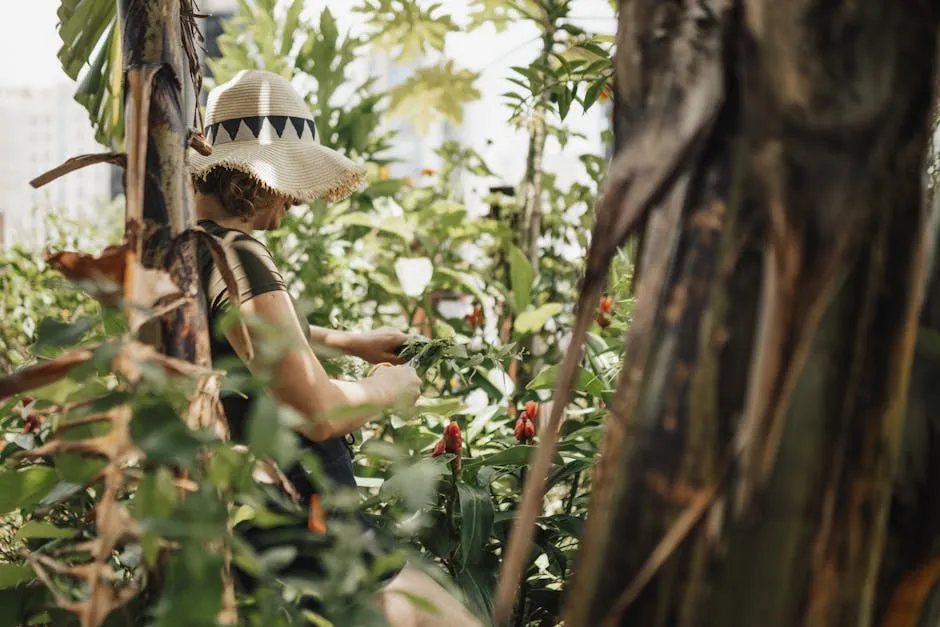
Pest and Disease Management
Protecting your chrysanthemums from pests and diseases is crucial for their health. Common pests include aphids and spider mites. You can spot aphids by their small size and the sticky residue they leave. Spider mites create fine webbing on plants. Both can weaken your plants if left unchecked.
For control, consider organic solutions like Insecticidal Soap for Plants or Neem Oil Spray. These methods are effective and environmentally friendly. If you prefer chemical options, follow the manufacturer’s instructions carefully.
Preventive measures are equally important. Ensure good air circulation between plants and avoid overcrowding. Regularly inspect your garden to catch any issues early. By keeping a close eye on your chrysanthemums, you can maintain their health and beauty.

Seasonal Considerations
Preparing for Winter
As winter approaches, it’s time to prepare your chrysanthemums for the cold. Start by cutting back the plants to about six inches above the ground after the first frost. This helps protect the roots from freezing temperatures.
Next, apply a thick layer of mulch around the base. This acts as insulation, keeping the roots warm. If you have potted chrysanthemums, consider bringing them indoors. Place them in a cool, well-lit area to keep them alive during winter.
Planning ahead for winter care will ensure your chrysanthemums bounce back beautifully in spring.

Spring Care and Rejuvenation
Spring is an exciting time for your chrysanthemum garden. As the weather warms, look for signs of new growth emerging from the soil. This is your cue to start fertilizing. An early spring fertilizer will give your plants the nutrients they need to thrive.
If you have older plants, consider dividing them. This rejuvenates the plants and allows for better air circulation. Simply dig up the root ball and separate it into smaller sections. Don’t forget to keep your garden tools organized with a handy Gardening Tool Belt!
Sharing your spring gardening tips can help others enjoy their chrysanthemum gardens too! What strategies do you use to care for your blooms in spring?

Conclusion
Creating a chrysanthemum garden brings joy and satisfaction. We discussed the types of chrysanthemums and their vibrant colors. Understanding soil preparation and proper care is crucial for success. Remember to choose a sunny location and use well-drained soil.
Growing these beautiful blooms transforms your space and attracts pollinators. The time spent nurturing your garden will reward you with stunning displays. So, why wait? Start planning your chrysanthemum garden today and enjoy the beauty it brings! And while you’re at it, why not check out some Gardening Books to deepen your knowledge?
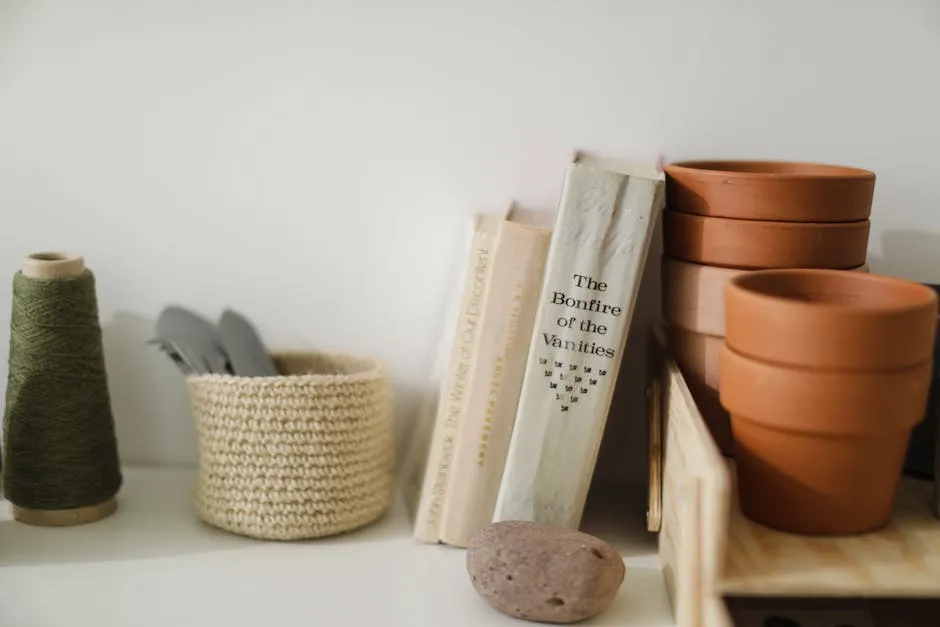
FAQs
What is the best time to plant chrysanthemums?
The ideal time to plant chrysanthemums varies by climate. In cooler areas, plant them in spring. In warmer regions, fall planting is best. Local frost dates will guide your timing.
How do I care for chrysanthemums in winter?
To winterize chrysanthemums, cut them back after the first frost. Apply mulch around the base for insulation. If your chrysanthemums are potted, bring them indoors to protect them from extreme cold.
Can chrysanthemums be grown in pots?
Yes, chrysanthemums thrive in pots. Choose a pot with drainage holes and use quality potting soil. Ensure they receive enough sunlight and water them regularly for best results.
What are common pests that affect chrysanthemums?
Common pests include aphids, spider mites, and thrips. Check plants regularly for signs of infestation. Use insecticidal soap or neem oil to manage these pests effectively.
How long do chrysanthemums typically bloom?
Chrysanthemums generally bloom from late summer through fall. The duration depends on the variety and climate. With proper care, you can enjoy their vibrant flowers for several weeks.
Please let us know what you think about our content by leaving a comment down below!
Thank you for reading till here 🙂
All images from Pexels
